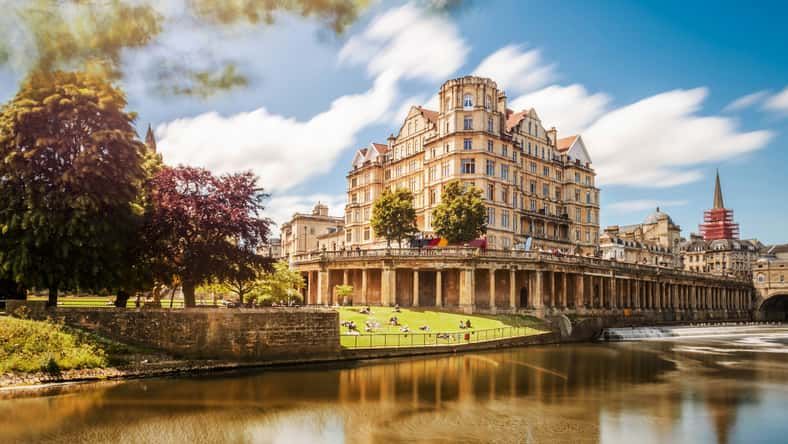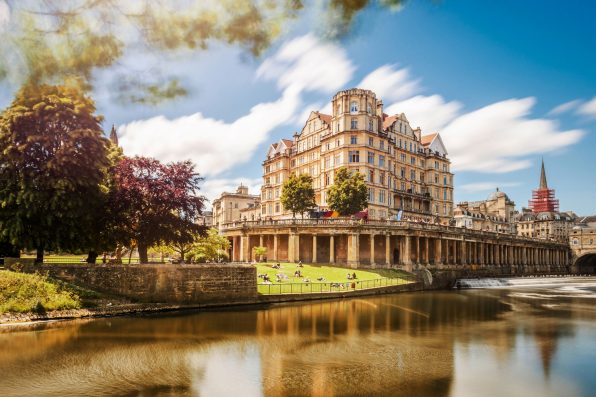Archaeologists In Britain Uncovered Evidence Of An Eighteenth Century Cold Plunge Pool Beneath A Historic Social Club, Suggesting The Trendy Wellness Practice Has Been Around For Centuries

Long before modern wellness influencers and health professionals recognized the benefits of an ice bath or a plunge into cold water, the ancient Romans had been indulging in the practice for centuries.
In Britain, archaeological excavations revealed evidence of a plunge pool from the 18th century underneath a historic social club.
During the 18th century, British medical practitioners recommended taking regular dips into cold water for various mental and physical ailments, such as gout.
Soon enough, cold baths became popular, and many of them were installed in both private estates and public facilities alike.
One of these fixtures was located by a team from Wessex Archaeology. The plunge pool was beneath the Bath Assembly Rooms in the city of Bath, the United Kingdom.
All across the country, assembly rooms were major social gathering places in the 18th and 19th centuries. People flocked to them to converse, dance, and gamble with one another.
Bath is a town in southwestern England, and since the time of the Romans, it has been known for its mineral waters.
The pool that was discovered at the Bath Assembly Rooms had dressing rooms on either side of it and appeared to have been aimed at those who wanted a more private bathing experience.
The Bath Assembly Rooms were built between 1769 and 1771 by John Wood. There were spaces for coffee drinking, billiards, gambling, balls, and concerts, providing locals with plenty of entertainment and leisurely activities.

valdisskudre – stock.adobe.com – illustrative purposes only
The structure is now in the care of the National Trust, where experts are working on restoring them.
The excavation of the cold bath involved the removal of several tons of rubble that filled the area. A floor had been laid on top of the pool, possibly around the beginning of the 20th century.
Once the space was cleared, steps leading down to the pool were revealed, along with a niche that was used for displaying a statue.
“Although historical records indicated that there was a cold bath buried beneath the Bath Assembly Rooms, we had no idea what preservation of the bath would be like,” said Bruce Eaton, an archaeologist at Wessex Archaeologist.
He added that the building had experienced some damage during World War Two and that the rooms were remodeled in the late 20th century.
Sign up for Chip Chick’s newsletter and get stories like this delivered to your inbox.
More About:News





